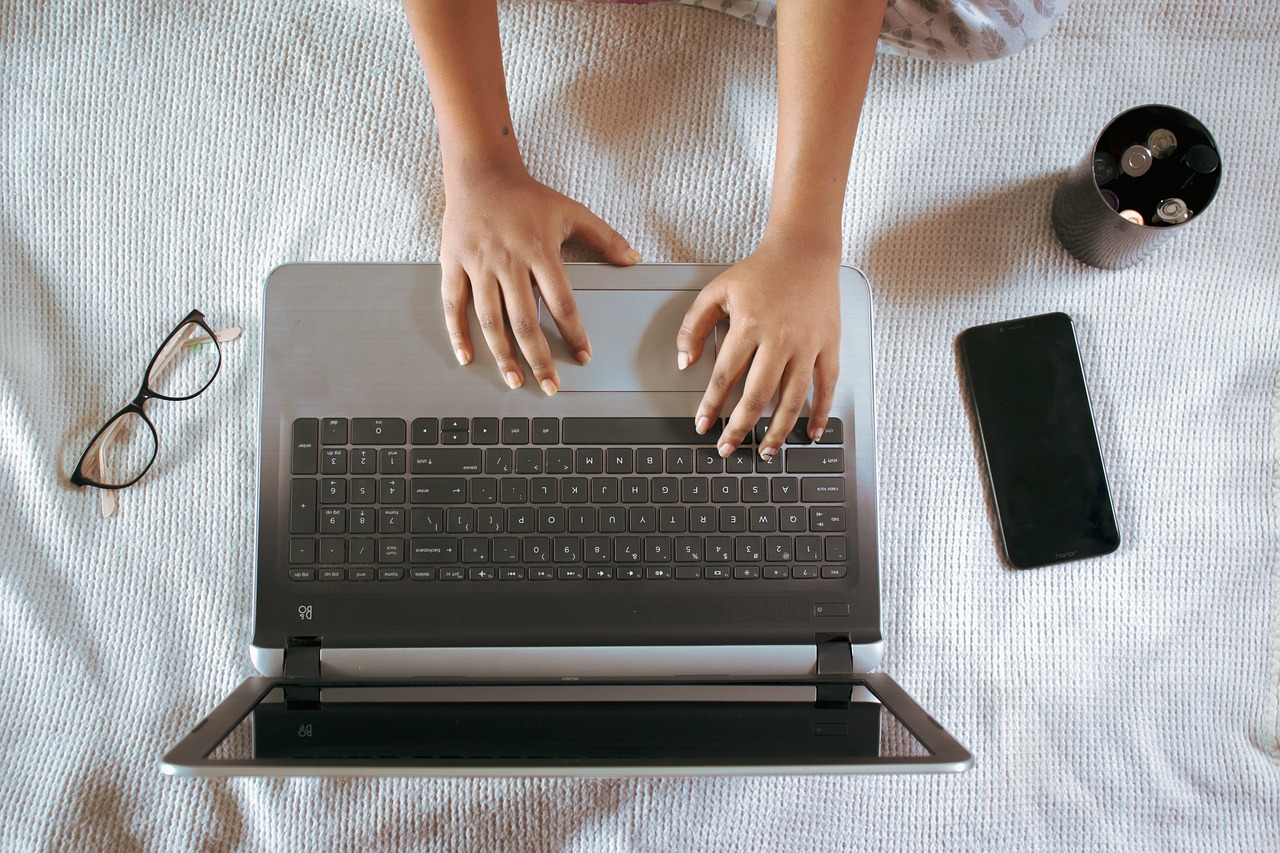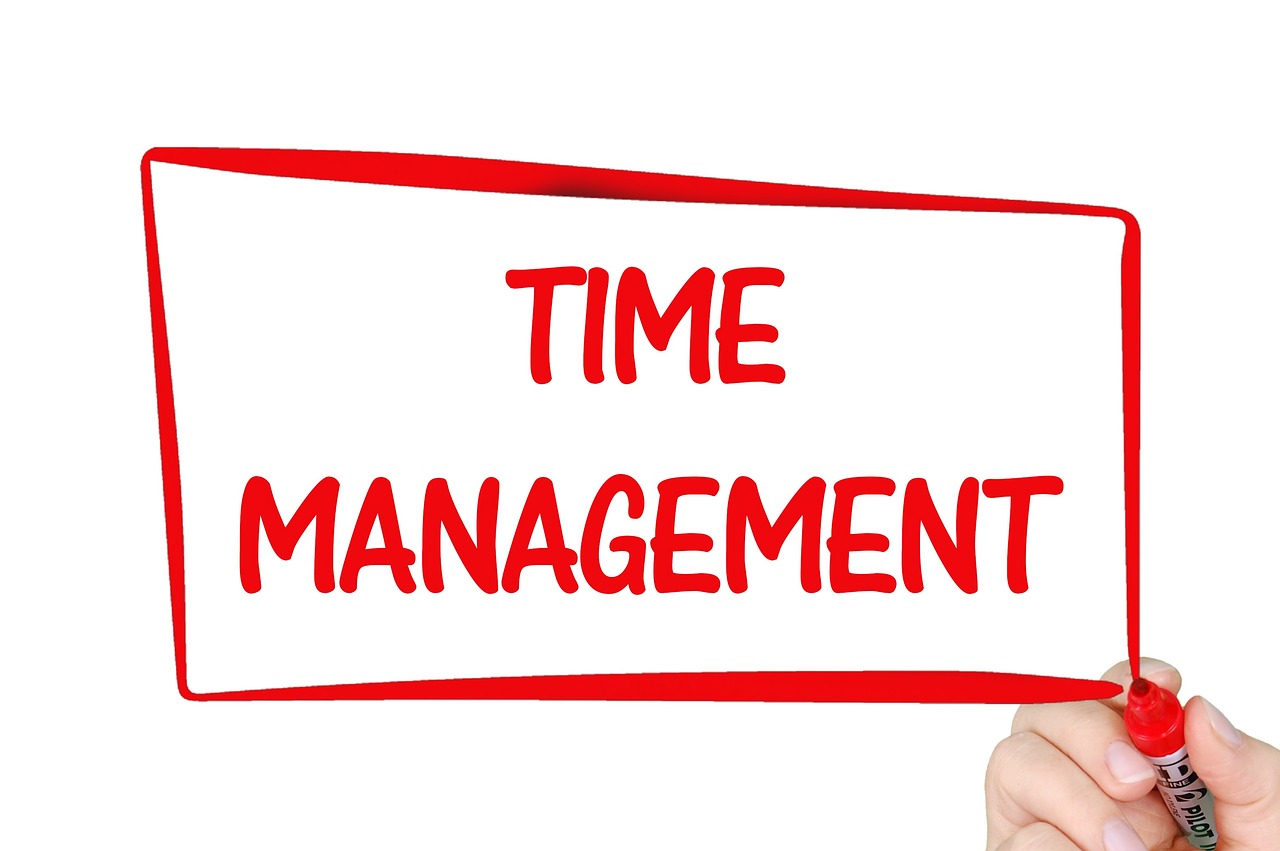The modern world now has digital life integrated into everyday routines. Technology has transformed daily life through social media use along with remote work and online shopping, changing communication methods and work styles and student entertainment practices. Digital progress brings convenience and efficiency against challenges that include information overload and decreased attention span together with increased screen dependency. People need to maintain a balance between digital advantages and personal well-being. Digital tools must serve to boost productivity and connectivity as long as they do not create distractions that harm mental health. The ability to effectively operate within digital spaces allows people to establish healthier technology relationships while maintaining their ability to direct their time and concentration.
Managing Screen Time and Digital Consumption
The biggest challenge of digital life is excessive screen time. The hours can easily drift by while people browse social media or watch videos or engage with digital content. There are numerous negative effects from prolonged exposure to digital screens: productivity decreases while sleep patterns become disrupted and users experience digital fatigue. The key to a healthy digital lifestyle is establishing limits on screen time usage. Using apps that track screen time along with enabling focus modes on devices and scheduling digital checktimes helps people establish structured digital habits. The practice of monitoring digital consumption helps people reach a better understanding of their time management and helps them prevent wasteful distractions.
Digital Privacy and Security Practices
With increasing digitalization of daily activities it has become essential to secure personal data. A large number of people expose themselves to security threats which they are not even aware of by using weak passwords, sharing a lot of information on the internet, and neglecting software updates. E-commerce fraud, phishing, and data breaches show the need to practice digital safety.
Strong security measures such as two-factor authentication, encrypted communications, and secure password management, are put in place to protect sensitive information. It is important that one checks the privacy settings of his/her social media accounts and other online services to ensure that his/her data is well protected. Knowledge on cybersecurity threats and safe digital behavior also reduces the risk of cyber attacks.
The Role of Digital Minimalism in Reducing Overload
The modern world presents a vast digital landscape that generates increasingly excessive digital clutter. Many individuals subscribe to numerous platforms, accumulate large amounts of digital files, and receive constant notifications which combine to create an overwhelming digital experience.
Taking digital minimalism helps in reducing mental overload. Creating a more structured digital environment requires organizing digital spaces through actions like email decluttering and unnecessary notification unsubscribing and daily app streamlining. The focus on quality content instead of excessive consumption guarantees digital interactions remain meaningful instead of feeling overwhelming.

Balancing Online and Offline Interactions
What digital communication provides in convenience remains missing without real-life interactions which need existence. People today use digital communication to stay connected through social media, yet they fail to realize face-to-face interactions produce more intense relationships and better emotional health.
By maintaining equilibrium between virtual interaction and real-world interaction, people both support stronger bonds between them and keep social isolation at bay. When people make time for activities that avoid technology alongside outdoor activities and genuine people-focused time they experience improved lifestyle benefits. Tracking impacts digital communication has on personal relationships builds better limits between virtual relationships and real-world relationships.
Productivity in a Digitally Connected World
New productivity standards have emerged because remote work combined with online collaboration and digital learning. Although digital tools bring efficiency benefits they simultaneously generate distractions which diminish task completion performance. To effectively manage your workflow within digitally connected environments you need both structured planning and disciplined digital habits.
The combination of productivity applications with defined goals and distraction-free work spaces optimizes performance. Through time blocking and the Pomodoro method workers can enhance focus by dividing their work sessions into dedicated blocks of concentration. Using technology only for essential tasks during your work time helps digital tools function as efficiency tools instead of distractions.
The digital age and how to protect one’s mental health
When unregulated digital living leads to stress and anxiety it results in decreased mental clarity. Information overload combined with social media comparisons and online expectations can damage self-esteem and overall wellness. By practicing mindful digital engagement, people can develop a healthier relationship with technology.
Taking regular digital detox breaks together with controlling negative content viewing time and building social media feeds with positive and educational content improves digital balance. Following YAM (yet, and mind) principles like meditation and reading physical books or simply trekking/hiking can help the mind take a break from screen-based activities.
The proper strategies are required when navigating digital life because they lead to both productivity and security and personal well-being. A healthier digital lifestyle emerges when people control their screen time while protecting their privacy and minimizing digital clutter and balancing online activities with real-world experiences. The digital age requires both structured routines and disciplined technology use to maintain mental clarity while resisting digital distractions for productive achievement.


